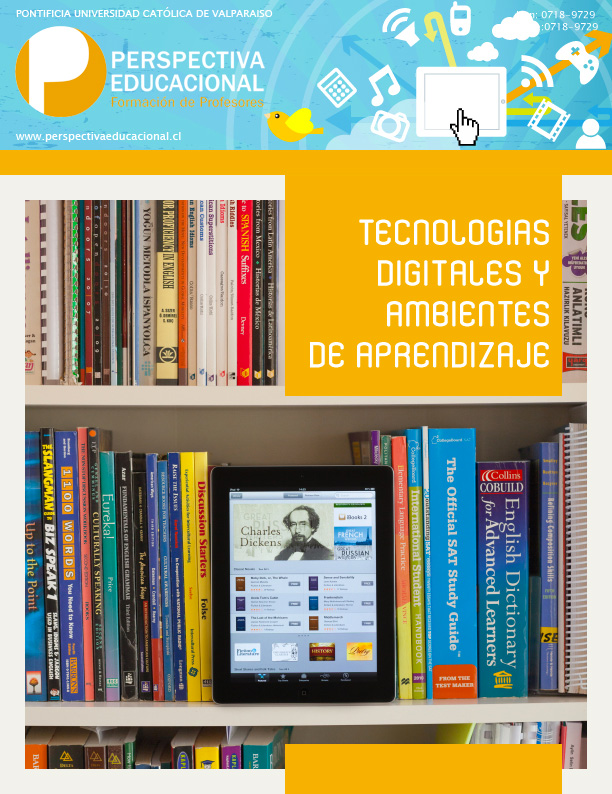Call for paper Sección Temática "Literacidad Crítica en la era digital: nuevas formas de enseñar y aprender".
Este número temático ofrece un espacio para el intercambio de perspectivas que contribuyan a comprender y responder a las exigencias de un mundo cada vez más mediado por lo digital. Invitamos a investigadores, docentes, diseñadores curriculares y responsables de políticas educativas a contribuir con artículos que fortalezcan la discusión académica y ofrezcan propuestas concretas para enfrentar los retos de la educación en el siglo XXI.





